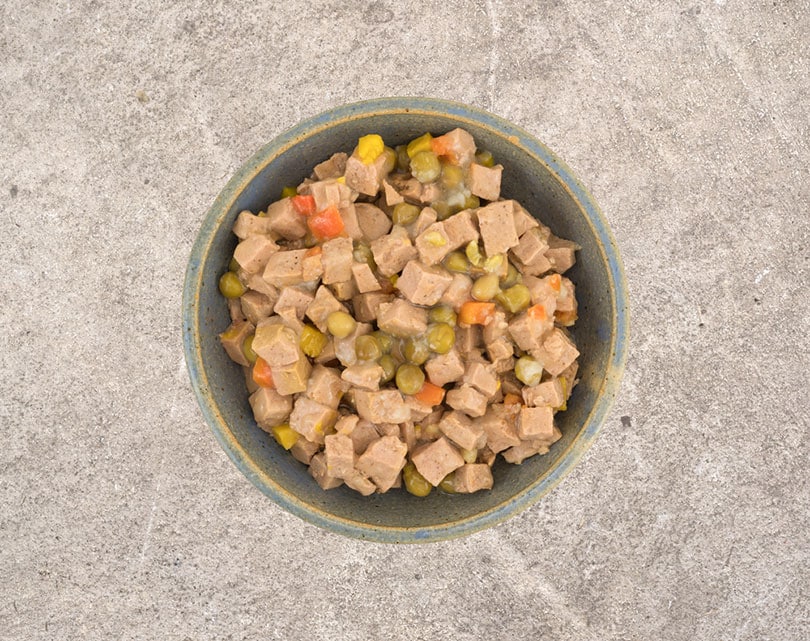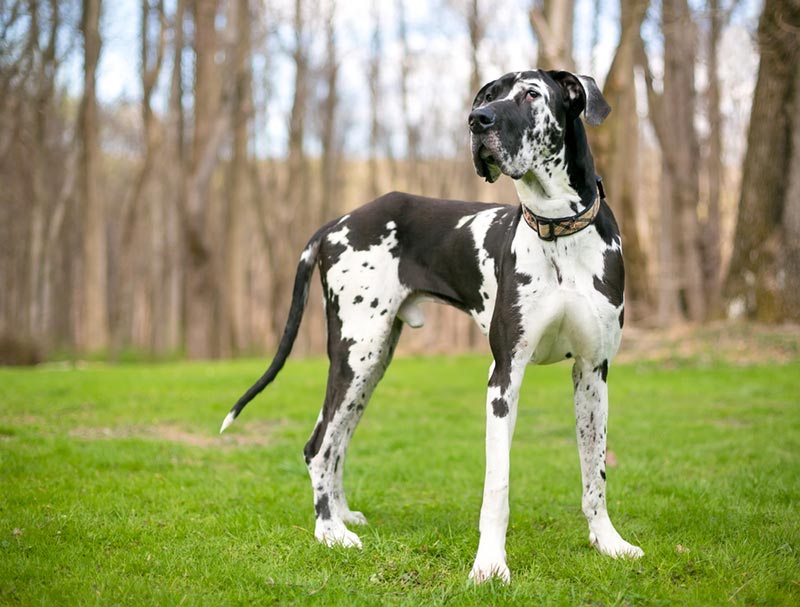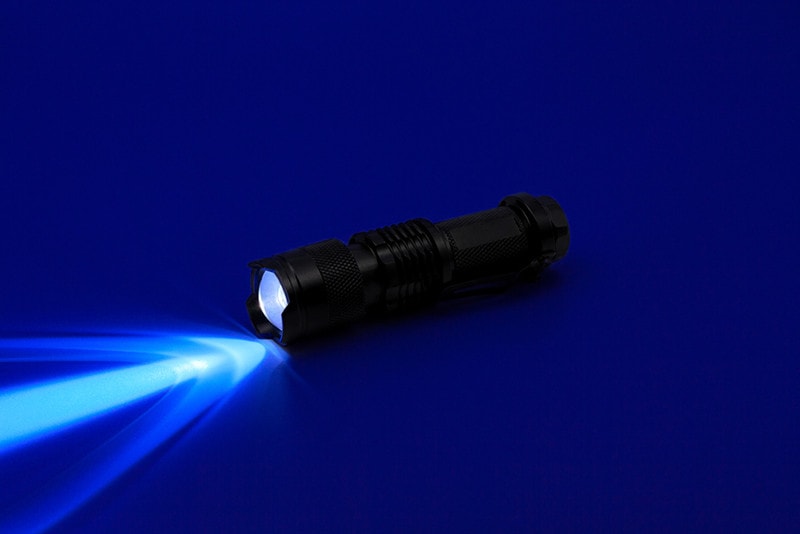Sable French Bulldog: Facts, Origin & History (With Pictures)

Updated on
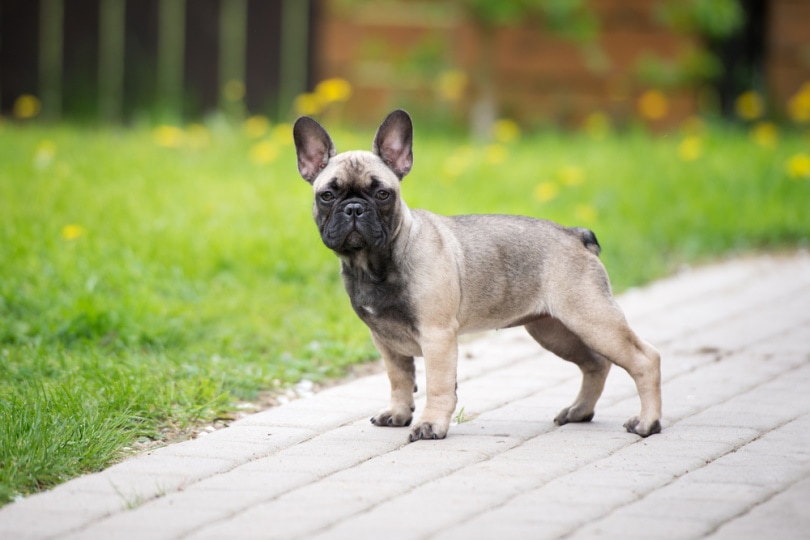
Click to Skip Ahead
A color variation of the popular breed, the Sable French Bulldog is one of the rarest colors and features a fawn coat with black tips that make it appear darker. Regardless of color, a Frenchie is a Frenchie.
French Bulldogs, or Bouledogue Francais, are a French breed of companion dog or toy dog that’s well-tempered, friendly, and stubborn. They’re known to be attached to their owners and experience separation anxiety1. So, no matter what color you get, you’ll have a loyal and lovable companion.
The Earliest Records of Sable French Bulldogs in History
The Sable French Bulldog’s origin is unknown due to the rarity of the color. The French Bulldog as a breed has a rich history, however. At the beginning of the 19th century, Bulldogs were bred in the UK for blood sports like bull baiting, which was banned in 1835. In the coming decades, miniature Bulldogs will become popular.
During this time, lace workers from Nottingham were displaced by the Industrial Revolution and ended up in France, along with their Bulldogs. The dogs gained popularity in the country, and many small Bulldogs were imported. The UK started sending undesirable Bulldogs, or ones that were too small or had features like erect ears.
Eventually, breeding these undesirable Bulldogs led to the creation of the Bouledogue Francaise, or French Bulldog, that became fashionable among society women and creatives. Over time, cross-breeding with ratters reinforced the dog’s Frenchie features.
How Sable French Bulldogs Gained Popularity
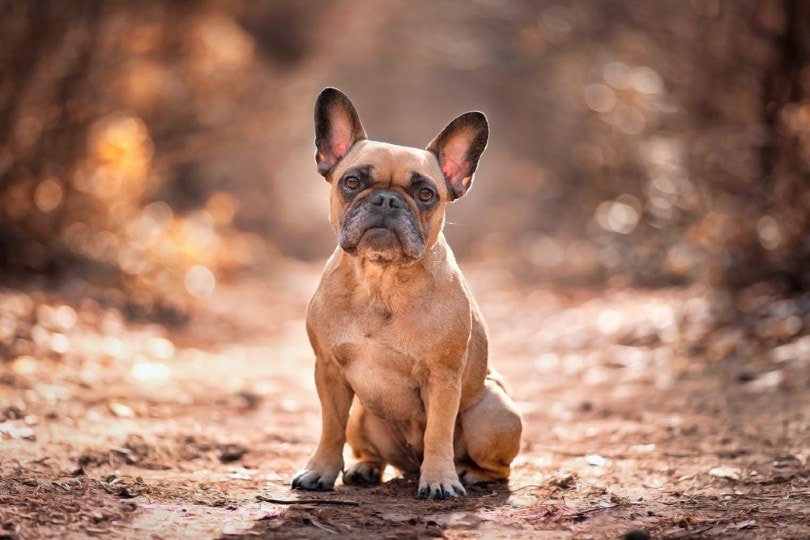
Bulldogs have always been popular historically. Americans eventually caught on to Frenchies and began US-based breeding. Like France, they were primarily owned by society women and shown in major dog competitions.
Society women formed the French Bulldog Club of America, which set the breed standard for French Bulldogs. The dogs became more popular and fetched high prices—often in the thousands of dollars—in the early 20th century, leading public figures like the Rockefellers and J.P. Morgans to acquire them.
Now, the French Bulldog is consistently one of the 10 most popular breeds. It’s not clear when or how the sable color became popular, but it’s popularity is likely due to its rarity.
Formal Recognition of Sable French Bulldogs
As the breed grew, The American Kennel Club came to recognize it. By 1906, the French Bulldog was the fifth most popular dog breed in America. The breed standards include a square head, large, pointed ears, a flat face, dark eyes, a short coat, and brindle, fawn, cream, or pied colors.
While French Bulldogs are recognized by the American Kennel Club, the sable color is considered undesirable for the show ring. In the pet trade, however, it’s one of the rarest and most desirable. Breeders also have variants of the sable color, including blue sable, red sable, lilac sable, chocolate sable, and sable pied.
Top 3 Unique Facts About Sable French Bulldogs
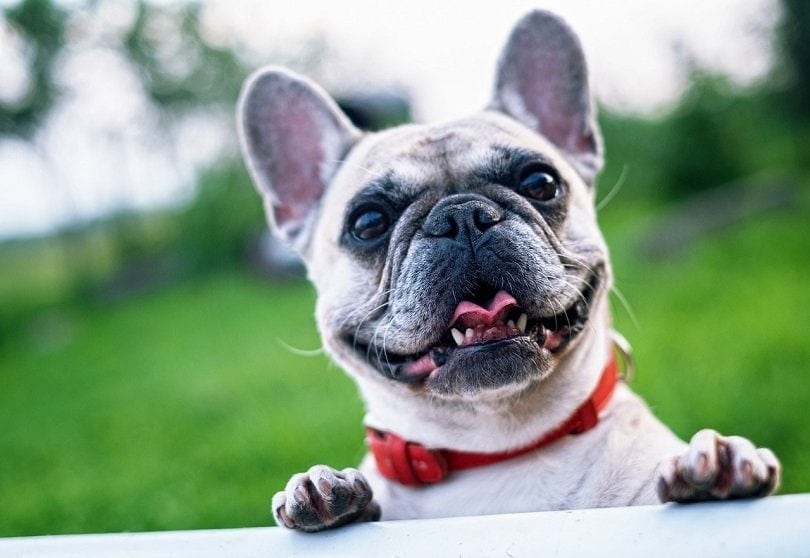
1. They’re popular with influential people.
As mentioned, Frenchies gained popularity with society people, including the Vanderbilts. They’re still a celebrity favorite and some famous names like David Beckham, Hugh Jackman, and Madonna own them.
2. They can’t swim.
Because of their squat frame and large head, French Bulldogs can’t swim. It’s important to keep an eye on them near water to avoid drowning.
3. They’re talkers.
French Bulldogs aren’t huge barkers, but they are vocal. They communicate via a complex system of yips, yawns, gargles, growls, purrs, and other noises.
Does the Sable French Bulldog Make a Good Pet?
Sable or otherwise, the French Bulldog is an excellent companion breed that enjoys spending time with humans. They’re prone to separation anxiety and do well in homes where they get the attention they require. They are patient and affectionate, as well as tolerant of other pets. Though they can be stubborn, French Bulldogs are generally easy to train with positive reinforcement and consistency.
Sable French Bulldogs are prone to a number of health conditions, however. In order to achieve the flat-faced appearance, breeders selected dogs with these traits. Now, French Bulldogs have malformed skulls that cause brachycephalic airway obstructive syndrome. This causes side effects like difficulty breathing, snoring, and heat intolerance due to narrow throats and nostril openings and an elongated soft palate.
Other common health conditions in Frenchies include ear infections, skin problems, and back and spine problems. They are prone to congenital or hereditary conditions like congenital hemivertebrae, hereditary cataracts, and the corkscrew tail defect caused by deliberate inbreeding. Female Frenchies are difficult to breed and frequently require Cesarean sections to deliver puppies safely.
Conclusion
Sable French Bulldogs are a popular color variation on the French Bulldog breed. Though it’s not one of the recognized colors for the breed, its rarity makes the Sable Frenchie highly sought among pet owners. Aside from the attractive coat, Sable Frenchies are the same lovable companions as all other Frenchies.
See Also:
- 10 Best French Bulldog Pet Insurance
- 14 Different Types of French Bulldogs: Guide (With Pictures)
- How to Train a French Bulldog: 8 Tips & Tricks
Featured Image Credit: otsphoto, Shutterstock



